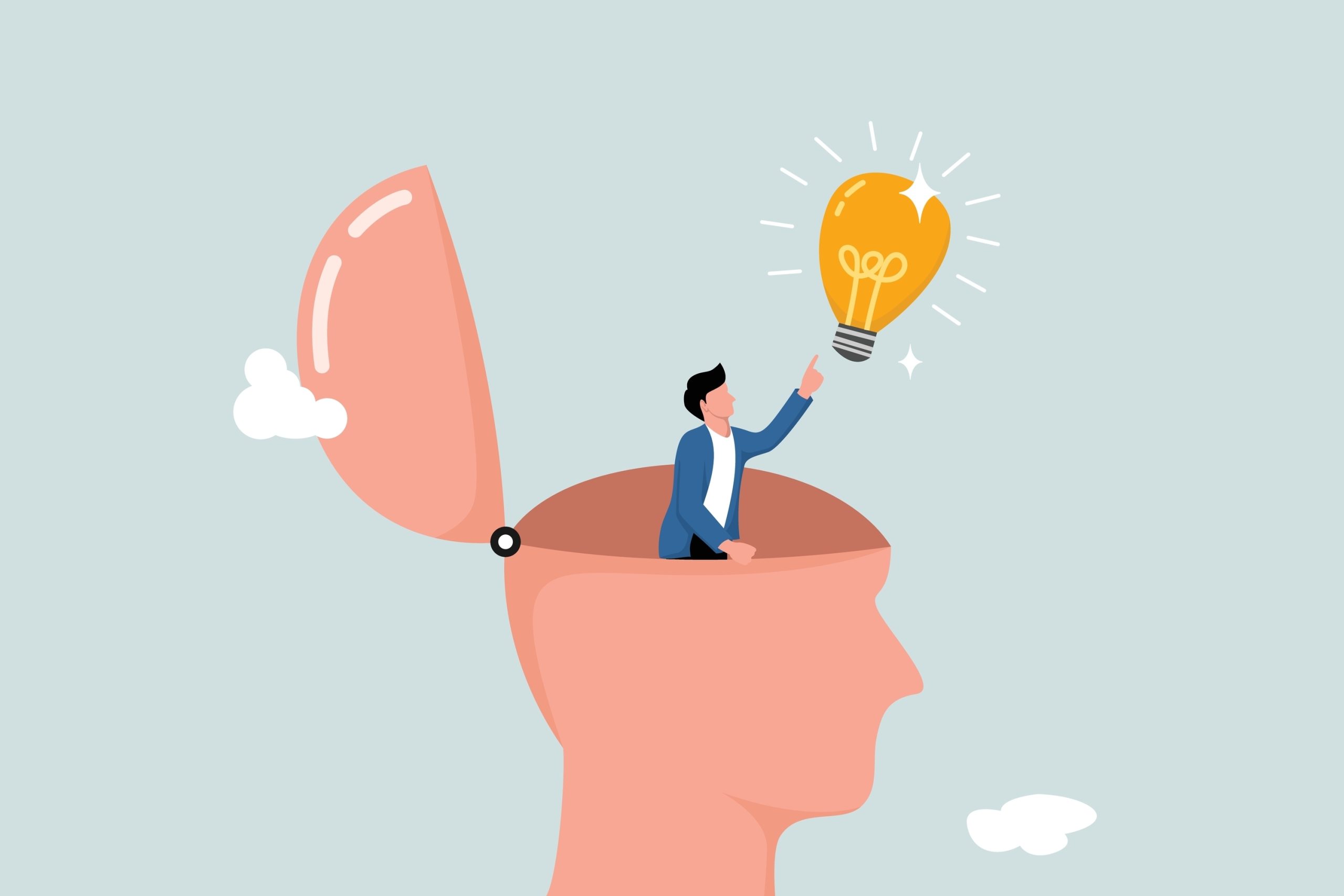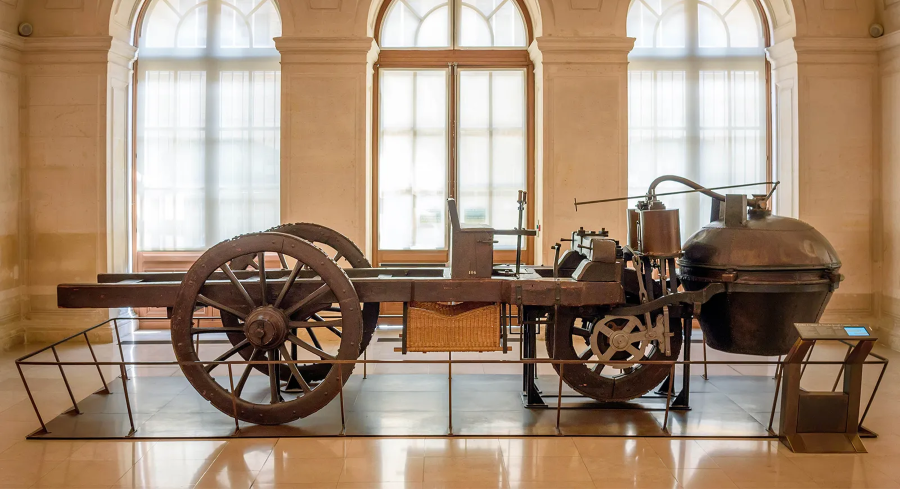STEM education is the approach that most schools nowadays use to guide their students in learning the core subjects such as science, mathematics and engineering in life. Using an engineering design approach, this approach helps to integrate and apply knowledge of math and science to create technologies and solutions for real-world problems. Although this system has proved efficient and effective, students are missing out on the artistic piece of their education. This is where the A in STEAM education comes in.
While many argue that STEM lessons naturally involve art, the claim is that art is not being excluded, yet it is used incidentally as needed for engineering projects. By adding art to the core and changing STEM to STEAM, students will know how to create art and apply art in real-life scenarios. Art can be integrated in various ways, such as design and expression.
For example, in a 2017 article published by the National Science Teachers Association, students were challenged to research endangered sea turtles around the globe and decide what format to present their findings in (Quigley).
The students were also obligated to work together to create a sea turtle model for World Oceans Day at Greenville Zoo, which incorporates art by design. The students had a $200 budget for all the wood, mesh, paint, and other supplies needed to complete the project.
This caused the students to experience a lesson in creating a sculpture within the parameters and with a deadline that can be applied in the real world. Art as expression is also displayed within the same lesson. The zoo did not set any specific requirements for the project, so the students were encouraged to get creative with the sculpture. The zoo did not set specific requirements for the project, so the students were encouraged to get creative with the sculpture, demonstrating art as expression.
Students today need more in-depth knowledge of math and science. STEM education has been the best way to provide that knowledge since the early 2000s. It allows students to develop skills that are essential for most, if not all, jobs in the 21st century. By focusing on communication, critical thinking, and problem-solving, STEM educations help students learn how to integrate and apply the knowledge they learn to solve challenges facing our nation today.
A 2014 study published by the American Society for Engineering Education identified characteristics of quality in STEM programs, with the big one being that understudies have the opportunity to think fundamentally, inventively, and imaginatively, as well as opportunities to fail and try again in safe conditions (America Society for Engineering Education 3). STEM education prepares the world for the future. It is based on teamwork and the collaboration of professionals from different disciplines.
As a STEM student, you do not need to be an expert in each subject. You would rather acquire a mindset that enables you to become a part of a highly qualified workforce that functions in collaboration. This teamwork significantly increases productivity, work satisfaction, and profitability. Moreover, actively engaging experts from diverse fields will drive change in our society.
STEM education exposes students to effective interdisciplinary communication. Scientists research and experiment, offering the team discoveries. Technology experts provide gadgets that can make the team’s work more effective. Engineers help to solve challenges by designing and running platforms that enable change. Mathematicians analyze information to eliminate mistakes and provide precise calculations. Our world is continuously changing.
Communication and collaboration are the only ways to prepare for its challenges. Collaboration among experts from different fields – helps to broaden the impact of STEM education. We can promote our values and move towards a single purpose by working with local experts and our international colleagues. This way, we improve communities, offering new educational and employment opportunities. Open access to world-class experience is only possible – when we combine our knowledge and capabilities.





